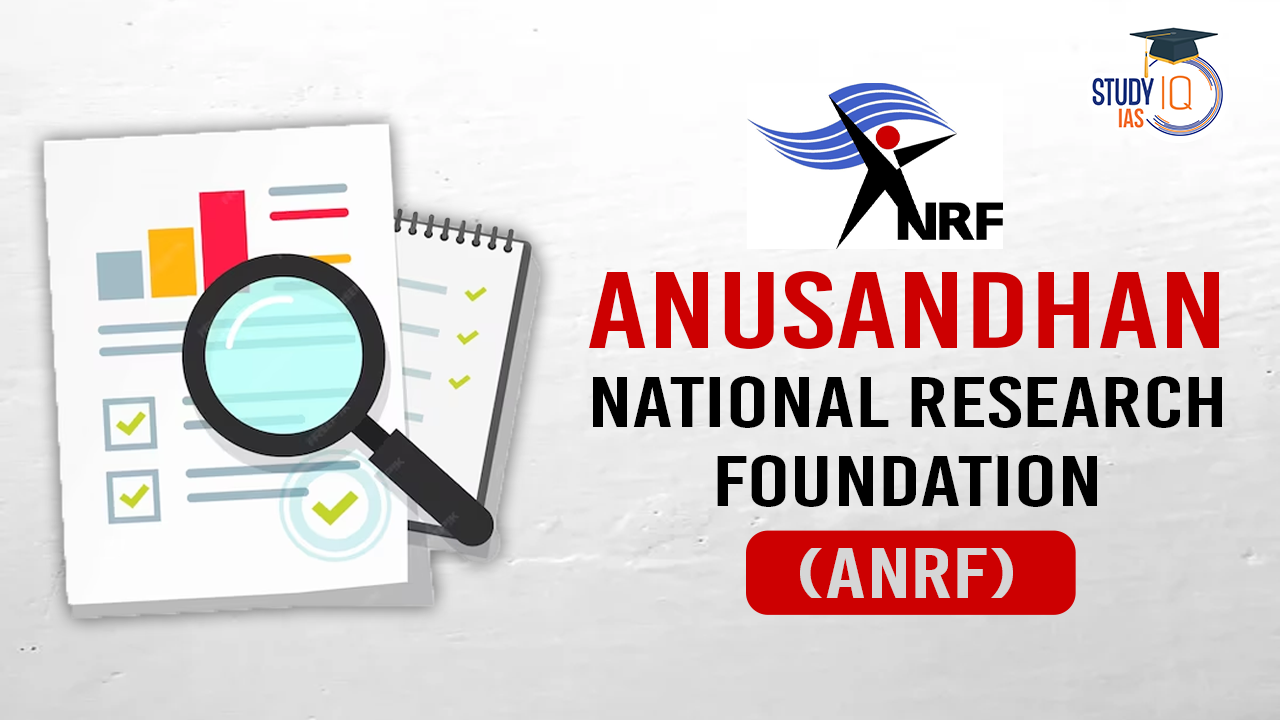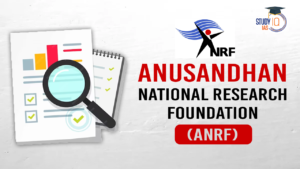The Government of India (GoI) launched the Namami Gange Programme (NGP) in 2014-15 for the rejuvenation of river Ganga and its tributaries with a budgetary outlay of ₹ 20,000 crore, for five years, up to March 2021 and has been further extended to March 2026 with a budgetary outlay of ₹ 22,500 crore. Under the programme, a diverse and holistic set of interventions for cleaning and rejuvenation of river Ganga have been taken up, that includes wastewater treatment, solid waste management, riverfront management (ghats and crematoria), ensuring e- flow, rural sanitation, afforestation, biodiversity conservation, public participation, etc.
Till June 2024, a total of 467 projects have been taken up at an estimated cost of Rs. 39,080.70 Crore, out of which 292 projects have already been completed and made operational. Out of the total sanctioned projects, 200 sewerage infrastructure projects have been taken up with a cost of ₹ 32,071 crore for creation & rehabilitation of 6,217 million litres per day (MLD) of sewage treatment plant (STP) capacity and laying of around 5,282 km sewerage network. Among these, 120 sewerage projects have been completed and made operational, resulting in the creation & rehabilitation of 3,242 MLD of STP capacity and the laying of 4,528 km sewerage network.
The other steps and projects taken by the National Mission for Clean Ganga (NMCG) under NGP to make the Ganga and its tributaries pollution-free with sustainable cleanliness are as follows:
- Under the Namami Gange Programme, sewage infrastructure projects have been sanctioned with a 5 year to 15 year terms of operation and maintenance contract condition to ensure long-term sustainable operations and maintenance to meet the prescribed water quality norms.
- For industrial pollution abatement, 5 nos. of Common Effluent Treatment Plants (CETPs) have been sanctioned, i.e., Jajmau CETP (20 MLD), Banther CETP (4.5 MLD), Unnao CETP (2.65 MLD), Mathura CETP (6.25 MLD) and Gorakhpur CETP (7.5 MLD). Two projects, Mathura CETP (6.25 MLD) and Jajmau CETP (20 MLD), have been completed;
- Annual inspection of Grossly Polluting Industries (GPIs) operating in Ganga main-stem States and its tributaries have been undertaken since 2017. These efforts have resulted in reduction in BOD load from 26 tonnes per day (TPD) in 2017 to 13.73 TPD in 2022, and about 28.6 % reduction in effluent discharge from 349 MLD in 2017 to 249.31 MLD in 2022;
- At NMCG, an on-line dashboard “PRAYAG” has been operationalized for continuous monitoring of river water quality; the performance of Sewage Treatment Plants (STPs); etc. on the Ganga and Yamuna River;
- A total nos. of 139 District Ganga Committees (DGC) have been constituted, which conducts 4M (Monthly, Mandated, Minuted, and Monitored) meetings regularly. As of June, 2024, more than 3,032 meetings have been conducted;
- In coordination with the selected DGCs, District Ganga Plans for 4 districts in Ramganga Basin, i.e., Udham Singh Nagar in Uttarakhand; & Shahjahanpur, Moradabad and Bareilly in Uttar Pradesh, have been prepared to foster decentralized planning and better participation of people in river basin management;
- For the conservation of wetlands, 4 projects have been sanctioned in the States of Uttar Pradesh, Bihar & Jharkhand at a cost of ₹12.53 crore;
- NMCG, through the State Forest Department, has implemented a forestry intervention project along the main stem of river Ganga. 31,494 hectares area have been afforested with an expenditure of about ₹ 347 crore;
- A total of 105 lakhs of Indian Major Carp (IMC) fingerlings have been ranched in the Ganga since 2017 to conserve fish biodiversity and prey base for river Dolphins, and ensure the livelihood of fishers in the Ganga basin under the special project implemented by Central Inland Fisheries Research Institute (CIFRI);
- Science-based species restoration programme, rescue, and rehabilitation programme for aquatic species like Dolphins, Otters, Hilsa, Turtles, and Ghariyal in collaboration with Wild Life Institute of India (WII), Dehradun and State Forest Department, have shown marked improvements in biodiversity with increased sightings of Dolphins, Otters, Hilsa, Turtles, and other riverine species;
- Ganga Task Force (GTF) was raised in the state of Uttar Pradesh to assist NMCG in carrying out its mandated tasks, such as (a) Plantation of trees to check soil erosion; (b) Management of Public Awareness / Participation campaigns; (c) Patrolling of Sensitive Rivers Areas for Biodiversity protection; (d) Patrolling of Ghats, etc.
- A cadre of Ganga Doots (45,000 nos.), Ganga Praharis (2,900 nos.) and Ganga Mitra (700 nos.) are involved in public participatory activities;
- Construction of independent household toilets in 4,507 identified villages in the five River Ganga states has been completed. All these Ganga bank villages have now been declared open defecation-free (ODF). Further till date, 3,679 no’s of Ganga villages have been declared ODF sustainability (ODF Plus).
- Comprehensive public awareness campaigns have undertaken to instill a sense of responsibility and engagement among the public in efforts to clean and conserve the Ganga River. These include – Ganga Utsav, Nadi Utsav, regular cleanathons and plantation drives, Ghat Par Yoga, Ganga Aartis, etc. The efforts are also supported by dedicated cadres of Ganga saviours, such as Ganga Praharis, Ganga Vichar Manch, Ganga Doots, etc.
This was informed by UNION MINISTER OF STATE FOR JAL SHAKTI, SHRI RAJ BHUSHAN CHOUDHARY, in a written reply to a question in Lok Sabha today.







